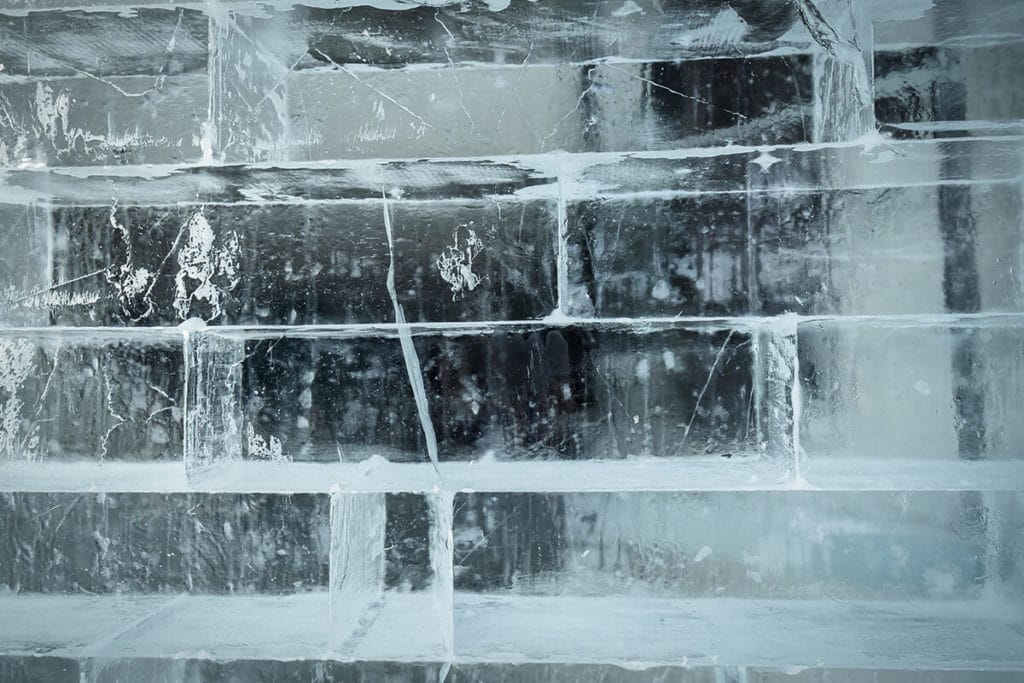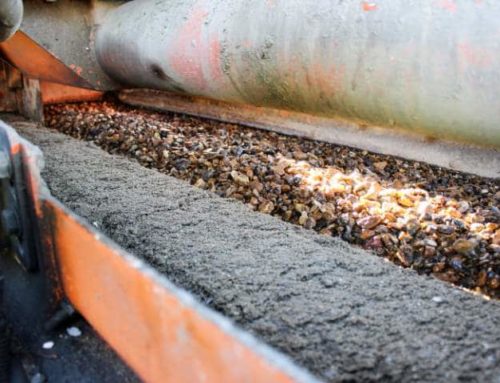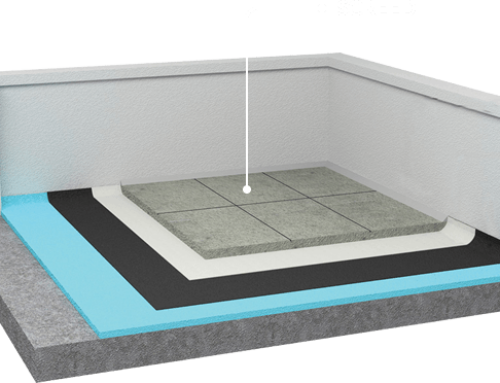
As always, it is important to think about what winter weather can mean for readymix concrete. While existing concrete that has already achieved its intended strength should not be affected by cold temperatures, frosts and winds, newly poured concrete can be negatively impacted and significantly weakened by winter weather if not properly protected. In our guide learn all about pouring concrete in cold temperatures, and how to ensure frost-proof pouring of your winter concrete.
What exactly is ‘exposure to cold or frozen weather’?
In the UK, temperatures can reach very low, sometimes -5°C during the winter months. This is classed as extremely cold weather. For the purposes of readymix concrete pouring, anything below 3°C is cold enough to warrant precautions being taken. When concrete is poured at 3°C or lower, and is exposed to cold temperatures for 24 hours or more, then it is at risk of damage. As concrete contains water, ice could form within it and, because ice expands as it forms, the concrete will also expand – causing it to weaken and lose up to 50 per cent of its intended strength. If this happens, the concrete cannot be used, as weak concrete could crack or even collapse.
Check the weather report
The best way to avoid being caught out by plummeting temperatures is to plan ahead and check the temperatures for the day of your concrete pour, as well as the day before it. This way, you can take the necessary precautions if you see that low temperatures are expected.
Stop frost forming
If you know that it’s going to be a chilly couple of days for your concrete pour, then protect the ground, trenches and cavities with thermal blankets. This should prevent frost forming and enable you to proceed with the concrete pour without unnecessary delays on the day.
Thaw before you pour
All is not lost if you arrive at the site to find frost on the ground – you simply have to wait for it to thaw. You can use thermal blankets to speed up the process. You definitely should not pour the concrete before the ice has thawed, as this will damage the newly laid concrete.
Protect freshly poured concrete
In temperatures of less than 3°C, you should always cover freshly poured concrete for 24 hours. This will protect it while it cures and ensure the moderate temperature it needs to reach its intended strength. You can use thermal blankets to protect the concrete from the cold or frost, and, if it is going to be particularly windy, you could even set up a windbreak.
By following these tips, you should be able to ensure that your newly poured concrete is not affected by the winter weather as it cures. Once it has reached its intended strength, it will be able to resist the freezing temperatures, frost and wind that come with winter in the UK!
Accreditations & Certifications





